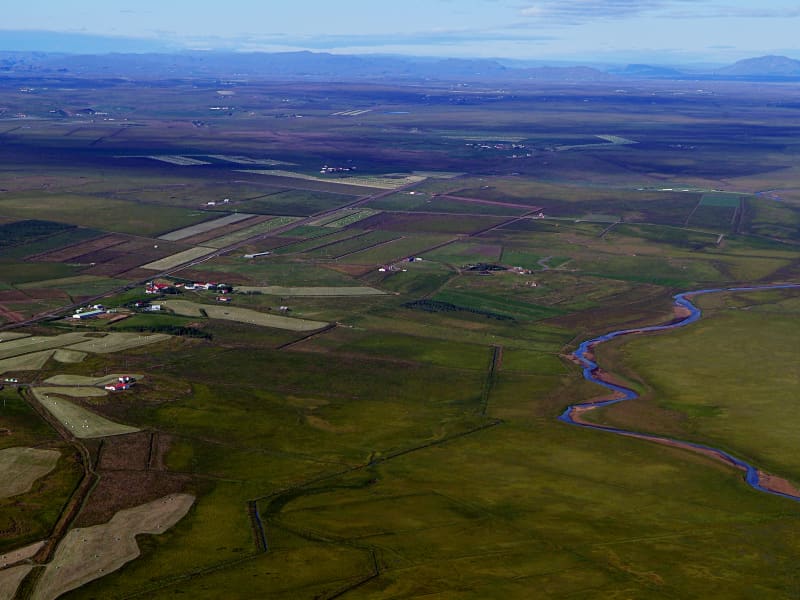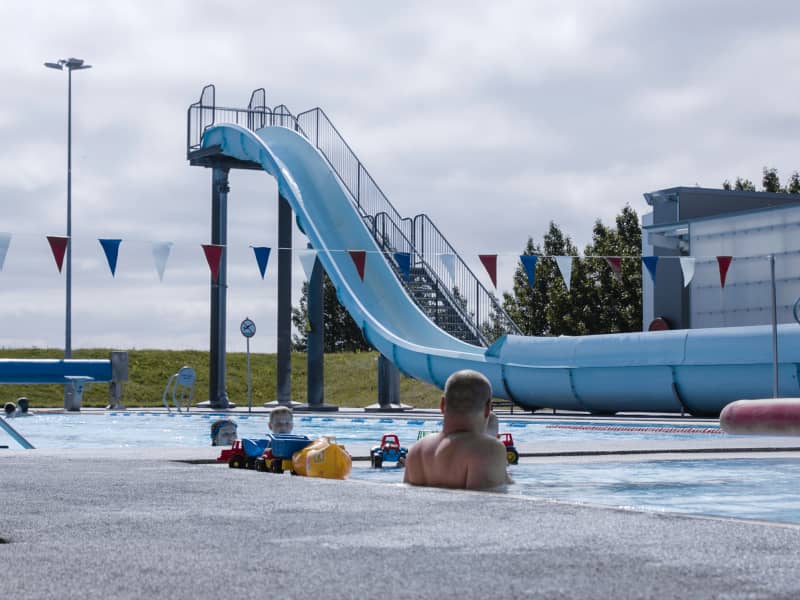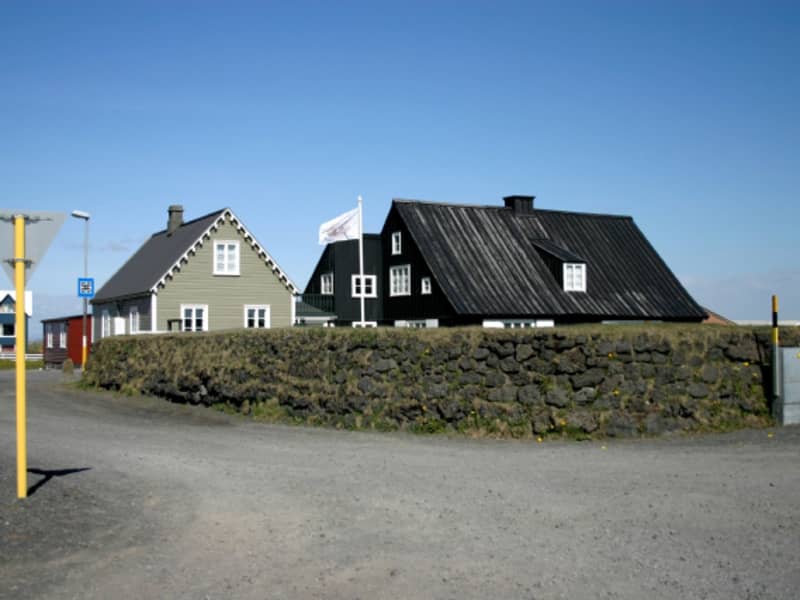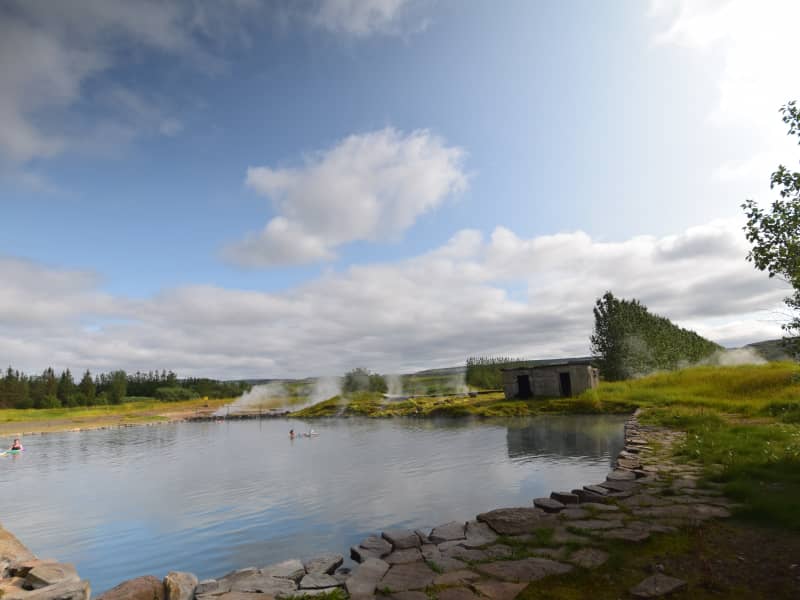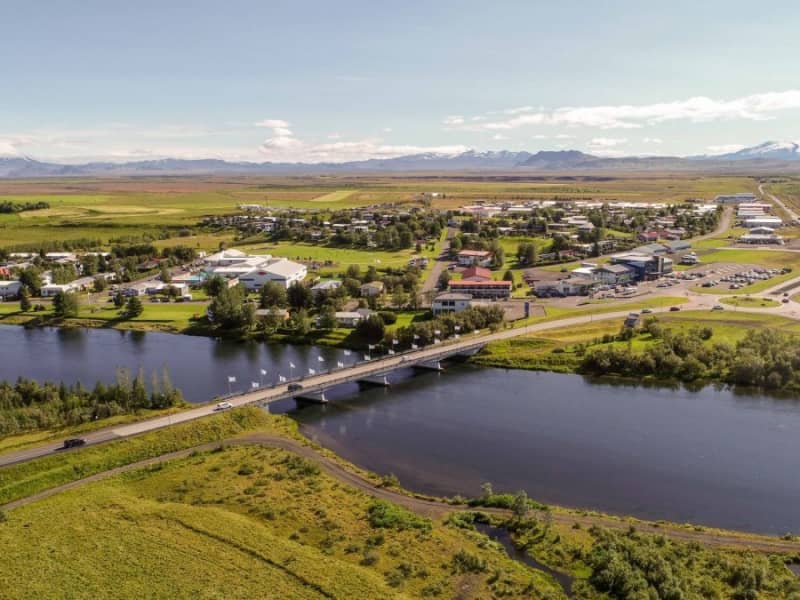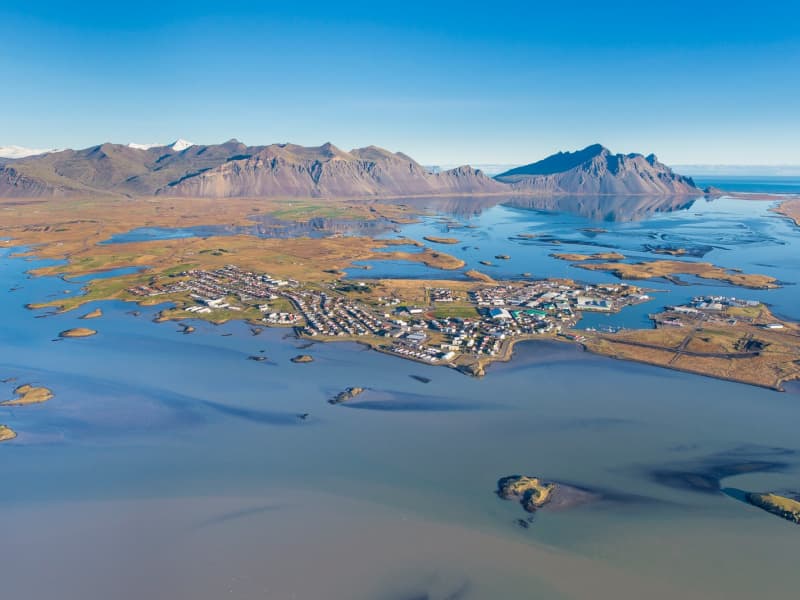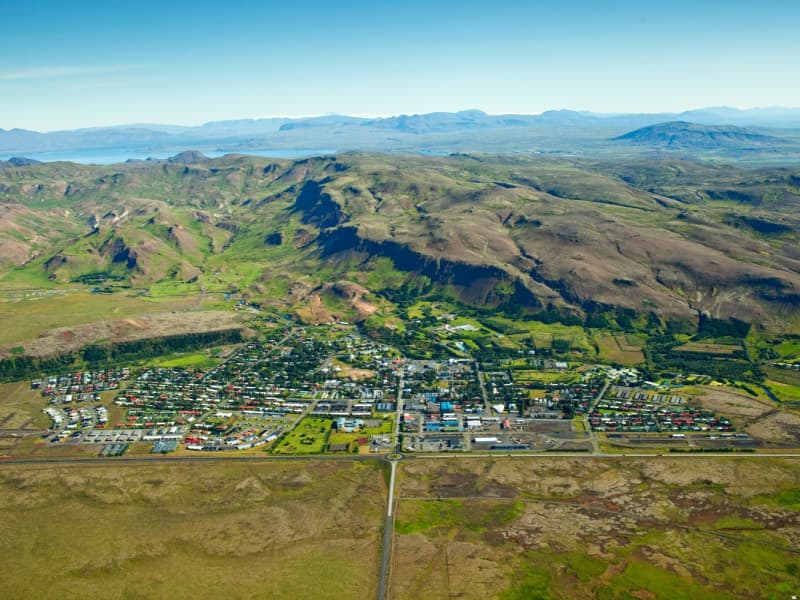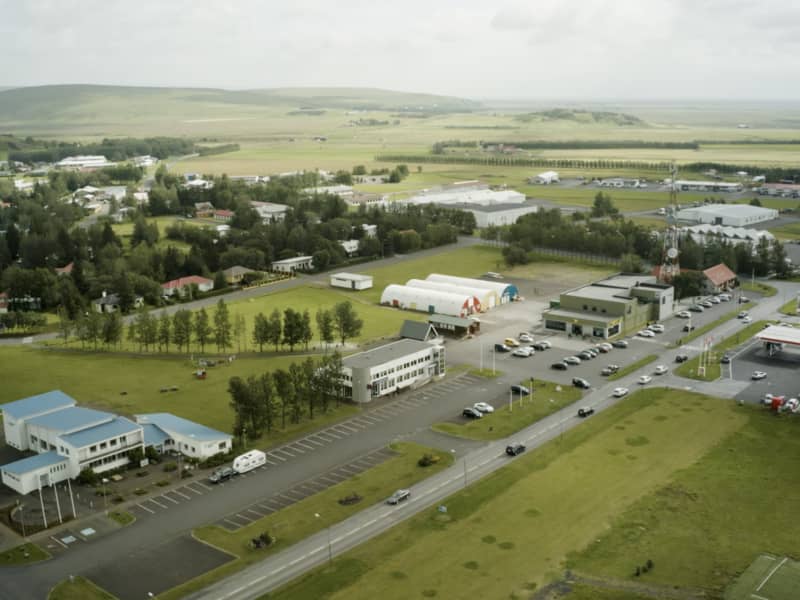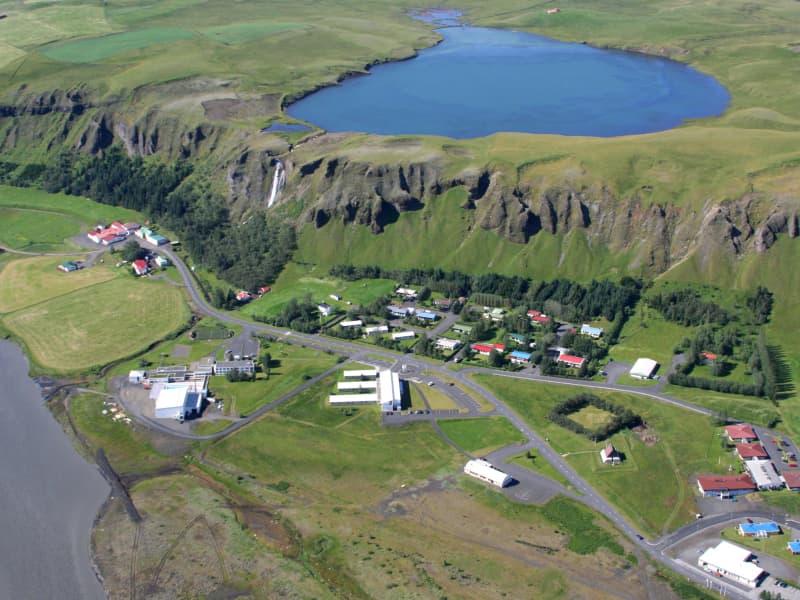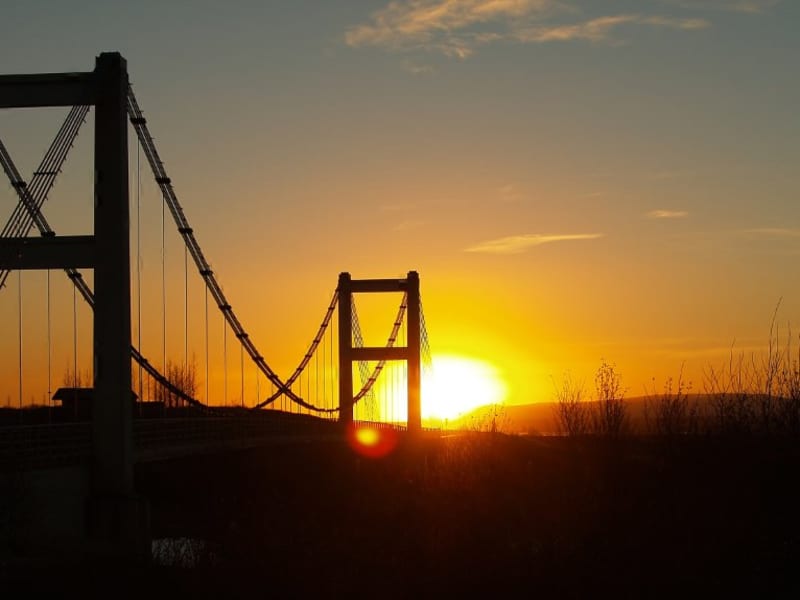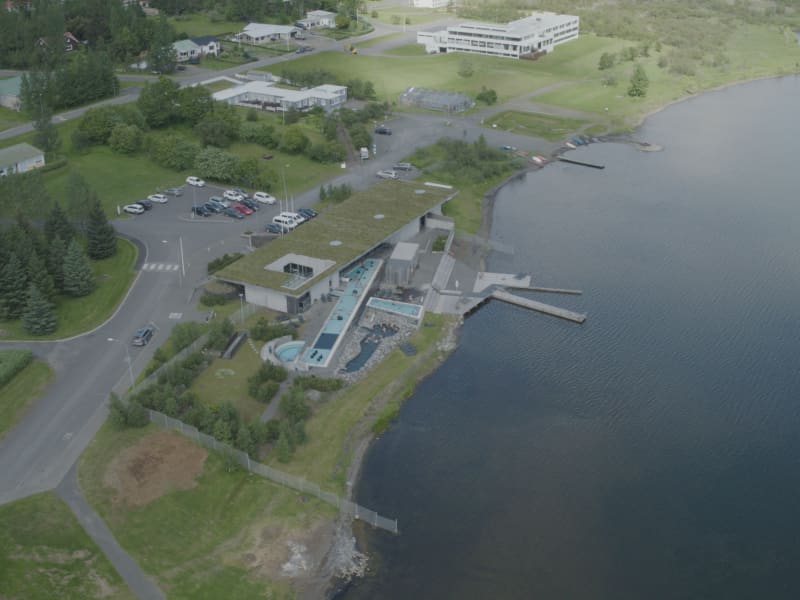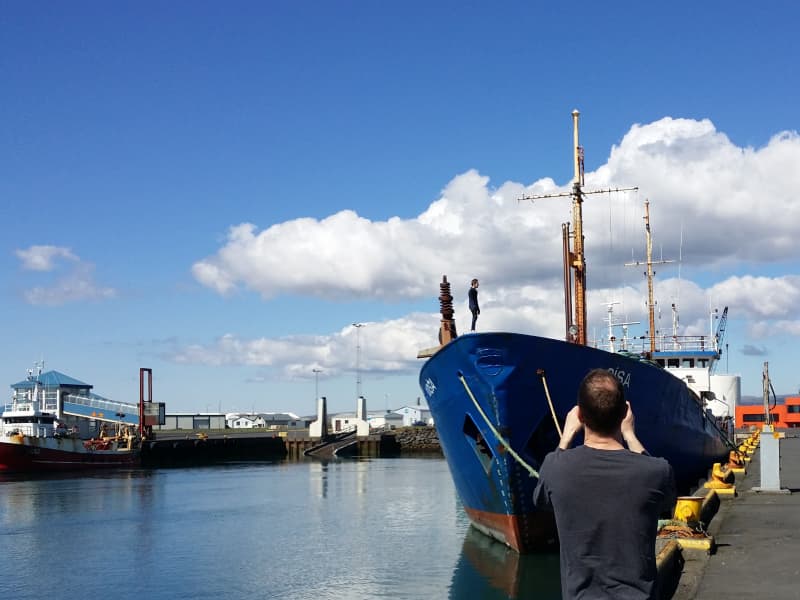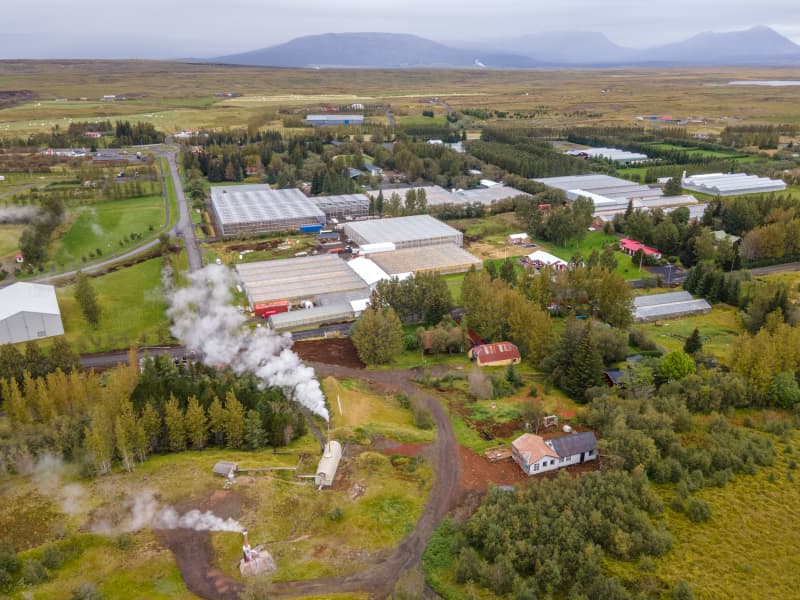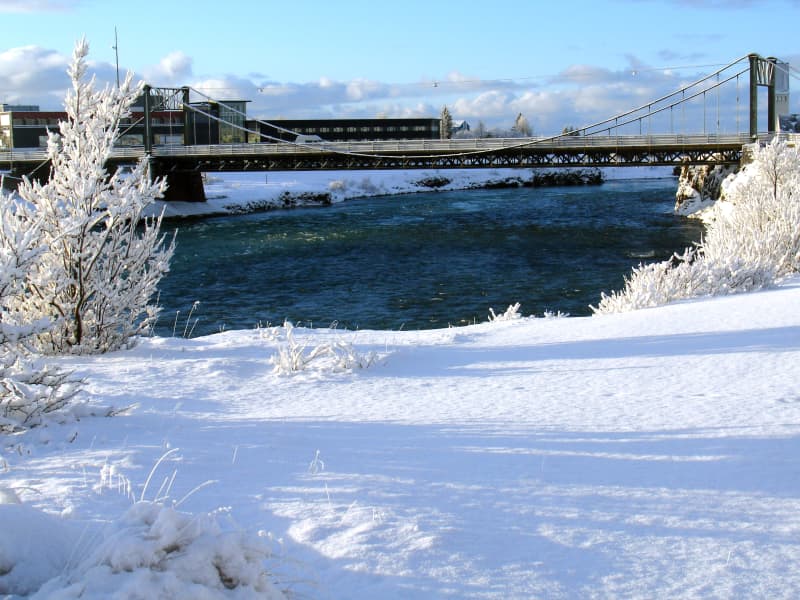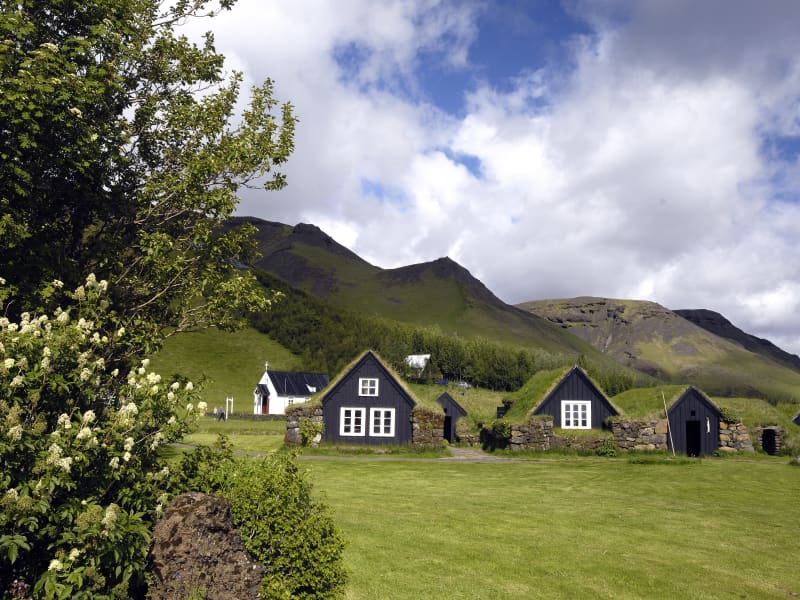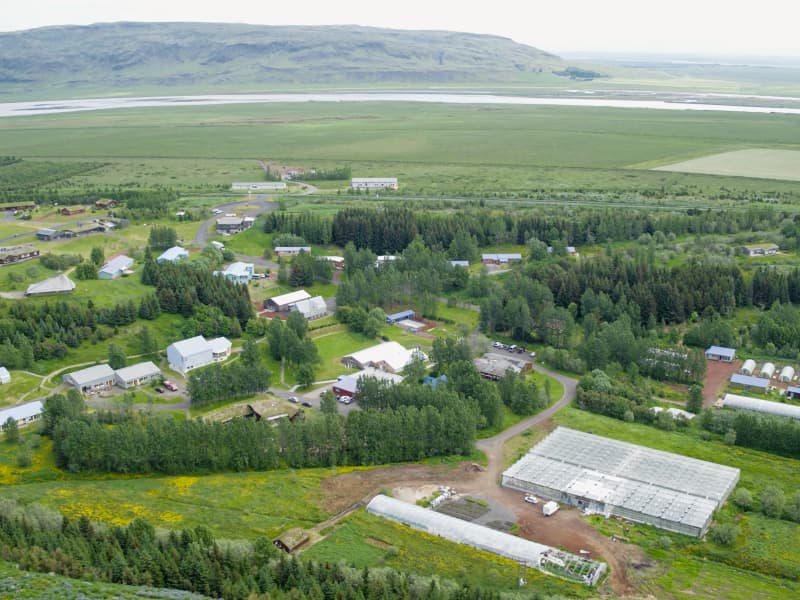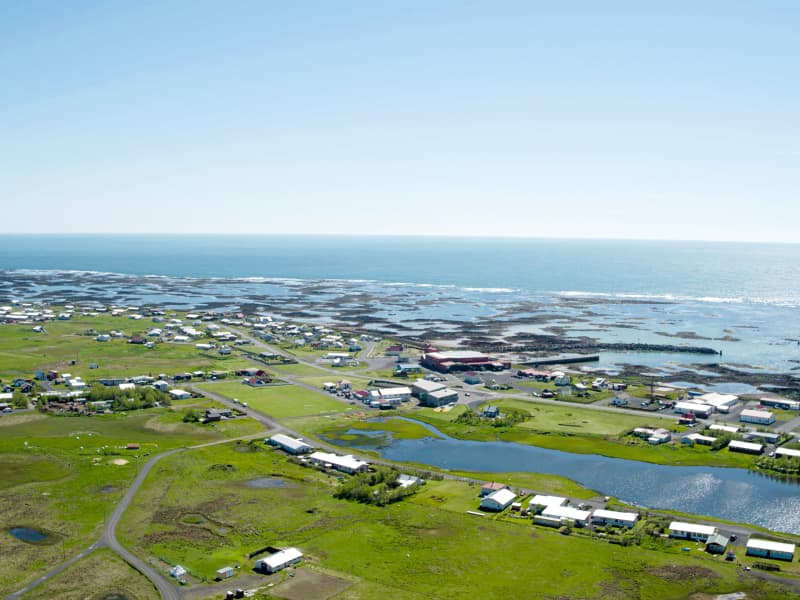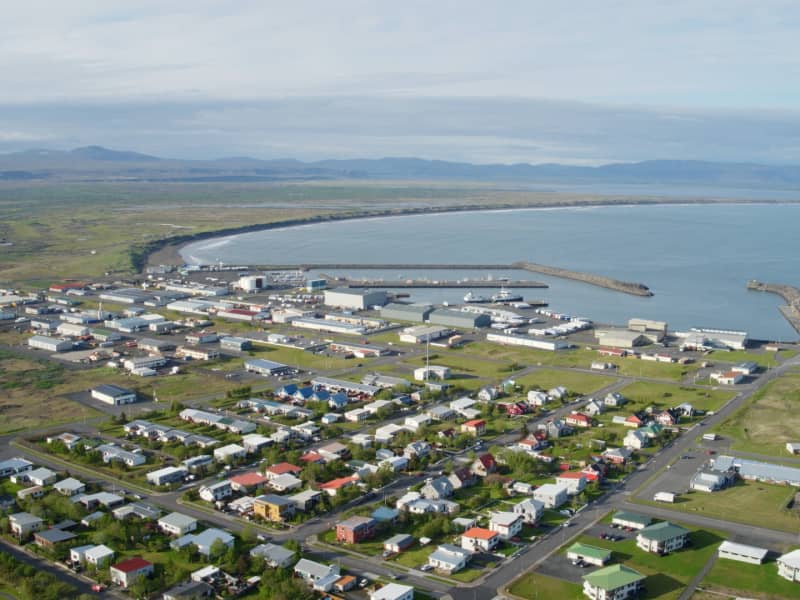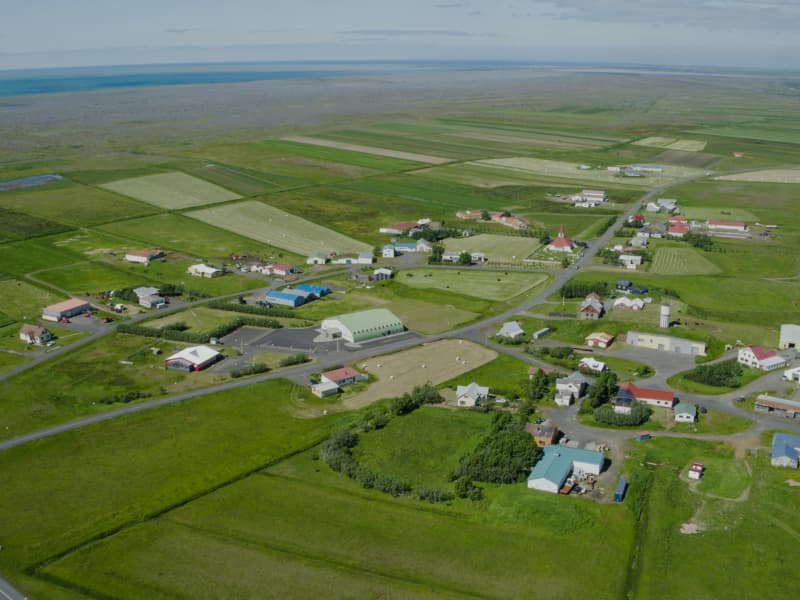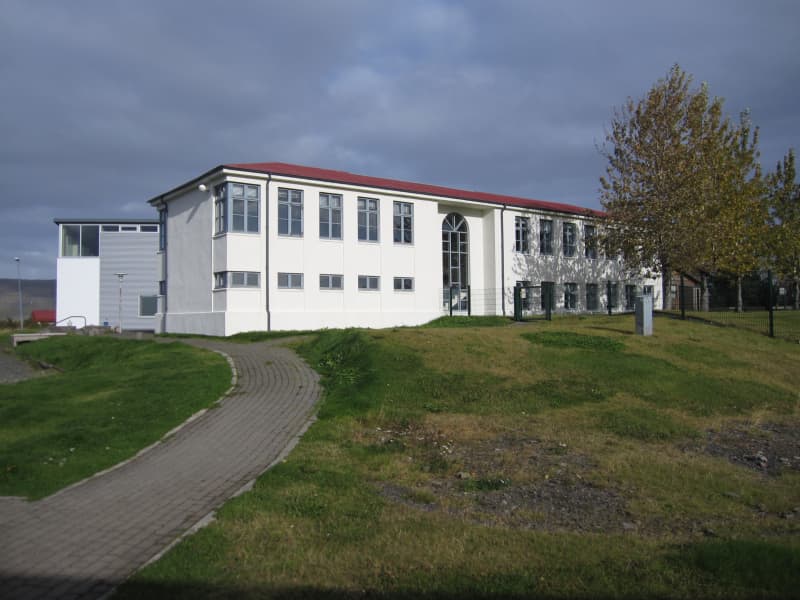In South Iceland, there are quite a few small towns and villages. Selfoss is the largest town with a variety of shops, services, and many restaurants and fast food places. Other towns in the south of Iceland are Hveragerði, often referred to as the flower town due to its many greenhouses and geothermal cultivation. Hveragerði hosts the horticultural department of Icelands Agricultural University, and located in the center of town is the Geothermal Park. This geothermal area is open during summer and upon request for groups in the wintertime. Hveragerði also has an earthquake exhibition with an earthquake simulator. Stokkseyri and Eyrarbakki are small villages by the seaside close to Selfoss.
In the past, Eyrarbakki was the center of commerce for a large area and many of its old wooden houses have been renovated, giving the town quite a charming look. Stokkseyri has an elve- and troll museum and a ghost museum as well, where you can be thoroughly frightened. Þorlákshöfn is a growing harbor town with a new swimming pool with excellent facilities for young children. Flúðir, Reykholt, and Laugarvatn are towns located further inland. In Flúðir and Reykholt there is quite a lot of geothermal cultivation. The University of Iceland department of physical education is located at Laugarvatn as well as Laugarvatn Fontana, a spa with natural steambaths.
The small towns of Hella and Hvolsvöllur are closer to the coast and right by the main highway. They offer services and several points of interest. Skógar has few inhabitants, but it´s the home of a beautiful waterfall, Skógafoss, and an excellent historical museum, well worth a visit.
The town of Vík in Mýrdalur is located in a beautiful setting by the sea. Its signature black sand beaches and the famous Reynisdrangar make Vík a truly memorable place to visit. Vík also has a tourist information center and the study and research center, Kötlusetur.
Kirkjubæjarklaustur is a historical site with many natural wonders in the vicinity.
Sometimes named the lobster town, Höfn in Hornafjörður offers several services, such as gas stations, banks, stores, hotels, and restaurants, many of which specialize in lobster.

